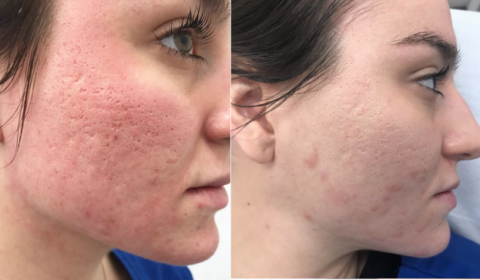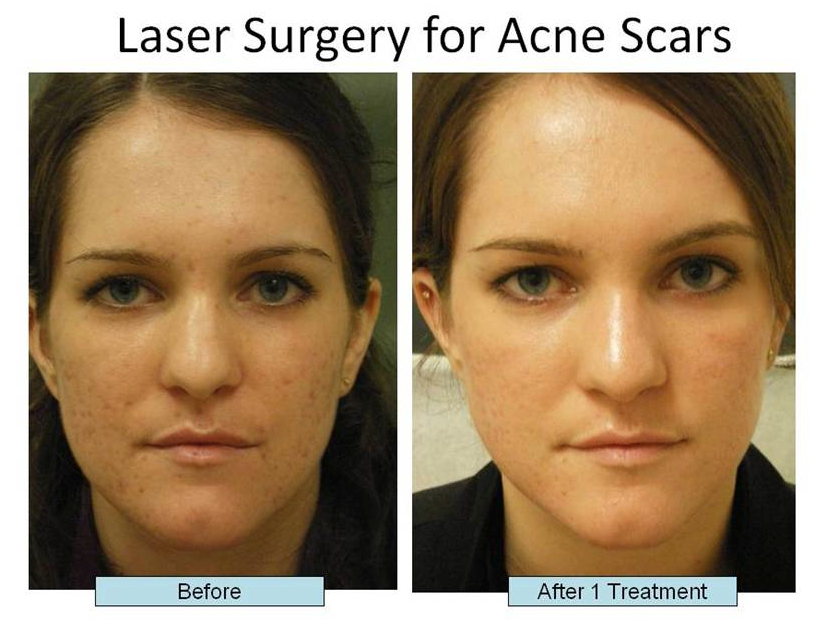Skin Rejuvenation Treatments: Renew Your Skin and Lower Acne Scars
Skin Rejuvenation Treatments: Renew Your Skin and Lower Acne Scars
Blog Article
Comprehending the Different Skin Problem and Efficient Treatment Options for Acne Scars
Acne marks stand for a complex interplay of skin conditions that substantially impact individuals' self-confidence and general skin wellness. As we explore the landscape of acne scar monitoring, it becomes apparent that the trip toward clearer skin might involve more than simply topical solutions.
Kinds of Acne Marks

In comparison, hypertrophic marks result from an overproduction of collagen throughout the healing procedure, bring about increased locations on the skin. These marks are typically solid and can differ in color, often showing up red or darker than the surrounding skin.
Recognizing these sorts of acne marks is crucial for creating an efficient treatment strategy - skin rejuvenation treatments. Options might include chemical peels, laser therapy, microneedling, or facial fillers, tailored to the certain mark type. An extensive examination with a skin specialist can assist determine one of the most appropriate treatment, taking right into account the individual's skin type, scar severity, and overall skin wellness
Sources Of Acne Scarring
Scarring takes place as a result of the body's natural recovery feedback to swelling and injury triggered by acne lesions. When acne kinds, it causes an inflammatory response, resulting in the launch of numerous cytokines and development factors that promote recovery. This process can often lead to excessive tissue development or insufficient repair, resulting in scars.
The key root causes of acne scarring include the seriousness of the acne itself, duration of the lesions, and specific skin types. Severe inflammatory acne, such as nodules and cysts, is more probable to cause scarring as a result of deeper tissue damages. In addition, inappropriate handling of acne sores, such as selecting or pressing, can aggravate tissue injury and swelling, raising the chance of scarring.
Genetic predisposition additionally plays a significant duty; people with a household history of scarring are at a greater threat. Skin kind and shade can influence mark formation, as darker skin tones may experience post-inflammatory hyperpigmentation, while lighter skin might develop atrophic marks.
Inevitably, comprehending these causes is essential in handling acne and mitigating the potential for scarring.

Therapy Alternatives for Scarring
Reliable therapy choices for acne scarring differ depending upon the type and seriousness of the scars. Generally classified right into atrophic, hypertrophic, and keloid scars, these conditions call for tailored approaches for optimum outcomes.
For atrophic scars, which are defined by a loss of cells, treatments such as chemical peels, microdermabrasion, and laser treatment are generally used. These techniques promote skin renewal and stimulate collagen manufacturing, thereby enhancing skin structure. Subcision, a minimally invasive treatment, can likewise be effective by separating fibrous bands beneath the skin.
Keloid and hypertrophic scars can be extra testing to treat. Choices include corticosteroid injections to reduce inflammation and flatten the scars. In some situations, cryotherapy or laser therapy might be suggested to lessen their look.
Surgical options are readily available for serious scarring, where excision or skin grafting may be required. It's crucial for individuals Find Out More to seek advice from a skin doctor to evaluate their specific scar kind and talk about one of the most appropriate therapy strategy. Integrating numerous treatments commonly yields the very best outcomes, ensuring that each patient's unique skin disease is dealt with effectively.
Natural Remedy and Natural Solutions
Natural services and home remedies can supply an obtainable technique for individuals seeking to improve the appearance of acne marks (acne and acne scars treatment). Various components found in the home kitchen have shown prospective advantages in enhancing skin appearance and advertising recovery

An additional effective alternative is lemon juice, which works as an all-natural exfoliant and can lighten hyperpigmentation. Nevertheless, it needs to be used cautiously, as it might cause photosensitivity. Oat meal masks are likewise valuable; their gentle peeling can aid eliminate dead skin cells while calming irritability.
Essential oils, such as tea tree oil and lavender oil, can additionally sustain mark recovery because of their antimicrobial properties. It is essential to execute a spot test before applying any type of remedy to make sure there are no negative reactions. These natural remedies can be a corresponding technique in the journey to reduce acne scars.
Stopping Future Scarring
Adopting a positive method to skin care can substantially reduce the danger of developing future acne marks. Among the vital approaches is to manage acne efficiently as it arises. This entails utilizing non-comedogenic skin care items and medications recommended by skin doctors that target acne Recommended Site without irritating the skin. Normal cleaning, exfoliation, and hydration can assist keep skin health and stop clogged pores.
Additionally, avoiding the temptation to squeeze or choose acne sores is important, as this can lead to swelling and succeeding scarring. Rather, people should concentrate on using topical treatments that advertise healing and lower swelling. Active ingredients such as salicylic acid, benzoyl peroxide, and retinoids are known for their efficacy in view handling acne and lessening scars.
Sunlight security is another vital element; exposure to UV rays can dim scars and impede recovery. As a result, using a broad-spectrum sunscreen daily can alleviate these results - acne scars.
Finally, keeping a healthy diet regimen rich in antioxidants and remaining hydrated assistances skin regeneration. By executing these safety nets, individuals can dramatically reduce their risk of future scarring and promote overall skin health.
Final Thought
In final thought, a comprehensive understanding of acne marks, incorporating both atrophic and hypertrophic types, is essential for effective treatment techniques. Tailored interventions, including expert therapies and natural remedy, can considerably enhance skin appearance and structure. Preventive procedures likewise play an important role in reducing future scarring. Appointment with a dermatologist continues to be essential to design customized methods that consider specific skin kinds and mark seriousness, ultimately improving the efficiency of scar administration techniques.
Acne marks represent an intricate interplay of skin problems that considerably effect individuals' self-confidence and general skin wellness. The 2 key groups of acne scars are hypertrophic and atrophic marks. These scars are additional identified into 3 subtypes: ice choice scars, which are narrow and deep; boxcar marks, which are larger and have distinct sides; and rolling marks, which create a wave-like look due to unequal skin appearance.
An extensive appointment with a dermatologist can help identify the most appropriate treatment, taking right into account the person's skin type, mark severity, and overall skin wellness.
Assessment with a dermatologist remains necessary to devise personalized techniques that consider individual skin types and mark extent, eventually enhancing the effectiveness of mark management strategies.
Report this page